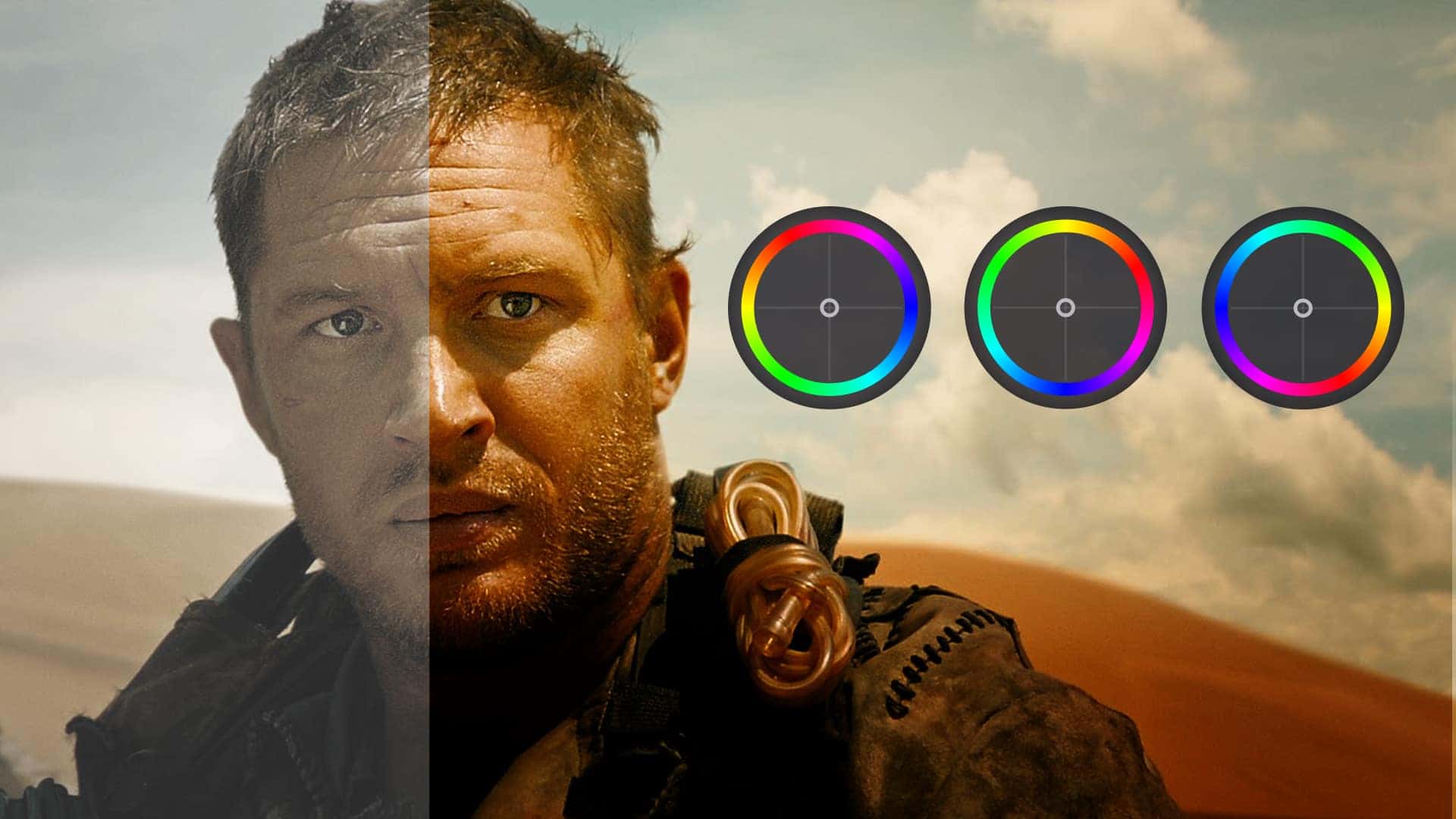Have you ever wondered how movies and TV shows achieve their cinematic look? Or how a simple photo can be transformed into a stunning work of art? The answer lies in color grading. Color grading is the process of adjusting the colors and tones of an image or video to create a specific mood, enhance storytelling, and evoke emotions. In this article, we'll explore the art of color grading and how it can transform your visual content.
Why Color Grading Matters
Color grading is an essential part of visual storytelling. It can make a significant difference in the overall look and feel of your content. By adjusting the colors and tones, you can create a specific mood or atmosphere that enhances the story you're trying to tell. For example, warm tones can create a cozy and inviting feel, while cool tones can evoke a sense of calmness or sadness. Color grading can also help to unify a series of images or videos, creating a cohesive look that ties everything together.
Tips for Effective Color Grading
1. Understand Color Theory: Before you start color grading, it's essential to understand the basics of color theory. This includes understanding the color wheel, complementary colors, and color harmonies. By understanding these concepts, you can create a color palette that works well together and enhances the mood you're trying to create.
2. Use Reference Images: Before you start color grading, find reference images or videos that have a similar look or feel to what you're trying to achieve. This can serve as a guide and help you achieve the desired result.
3. Use Professional Tools: While there are many free color grading tools available, using professional software such as Adobe Premiere Pro or DaVinci Resolve can provide more advanced features and greater control over the color grading process.
4. Start with Basic Adjustments: Begin by making basic adjustments such as adjusting the exposure, contrast, and saturation. This will provide a good foundation for the color grading process.
5. Use Masks and Keyframes: Masks and keyframes allow you to apply color grading to specific areas of an image or video. For example, you can apply a warm tone to a subject's face while keeping the background cool.
6. Be Subtle: While color grading can be used to create a dramatic effect, it's important to be subtle. Overusing color grading can make the content look unnatural and distract from the story you're trying to tell.
Conclusion
Color grading is an art form that requires skill and practice. It's not just about adjusting colors and tones; it's about enhancing storytelling and evoking emotions. By understanding color theory, using professional tools, and being subtle in your approach, you can transform your visual content into a stunning work of art. Remember, color grading is not just about making things look pretty; it's about enhancing the story you're trying to tell and creating a memorable experience for your audience.
